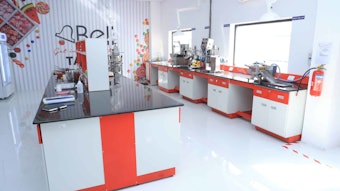Traditional curing of vanilla beans is a process steeped as much in history as science. However, recent work by a number of authors has begun to unravel some aspects of the chemistry and biochemistry of the individual stages the curing operation. The principal components of the traditional curing operation, the most common method of which is the Bourbon process, include:
Blanching: This involves the immersion of the green vanilla beans in hot water, at 60°–65°C for ca. 3 min. This is typically conducted in metal containers heated over a wood fire. Temperature control may be monitored using a thermometer. This process washes the beans free of adhering dirt and soil, inhibits vegetative growth and activates a number of plant enzymes, which are important for the development of the flavor and color of the final product.
Sweating or fermentation: The hot green beans are removed from the blancher and quickly transferred into large, closed, insulated wooden boxes and covered with wool blankets to prevent heat loss. Alternatively, beans may be wrapped, in blankets, in bundles, stacked in a large collection and covered with further insulating blanket layers. The beans are then fermented, or “sweated,” for a maximum of two days, during which time the temperature remains, but varies in the region of 40°C. During this period, the beans lose their initial green color and turn dark brown and become texturally supple. At the same time, the flavor-forming processes involving enzymatic hydrolysis of vanillin precursor(s), phenol browning and lipid oxidation occurs.










